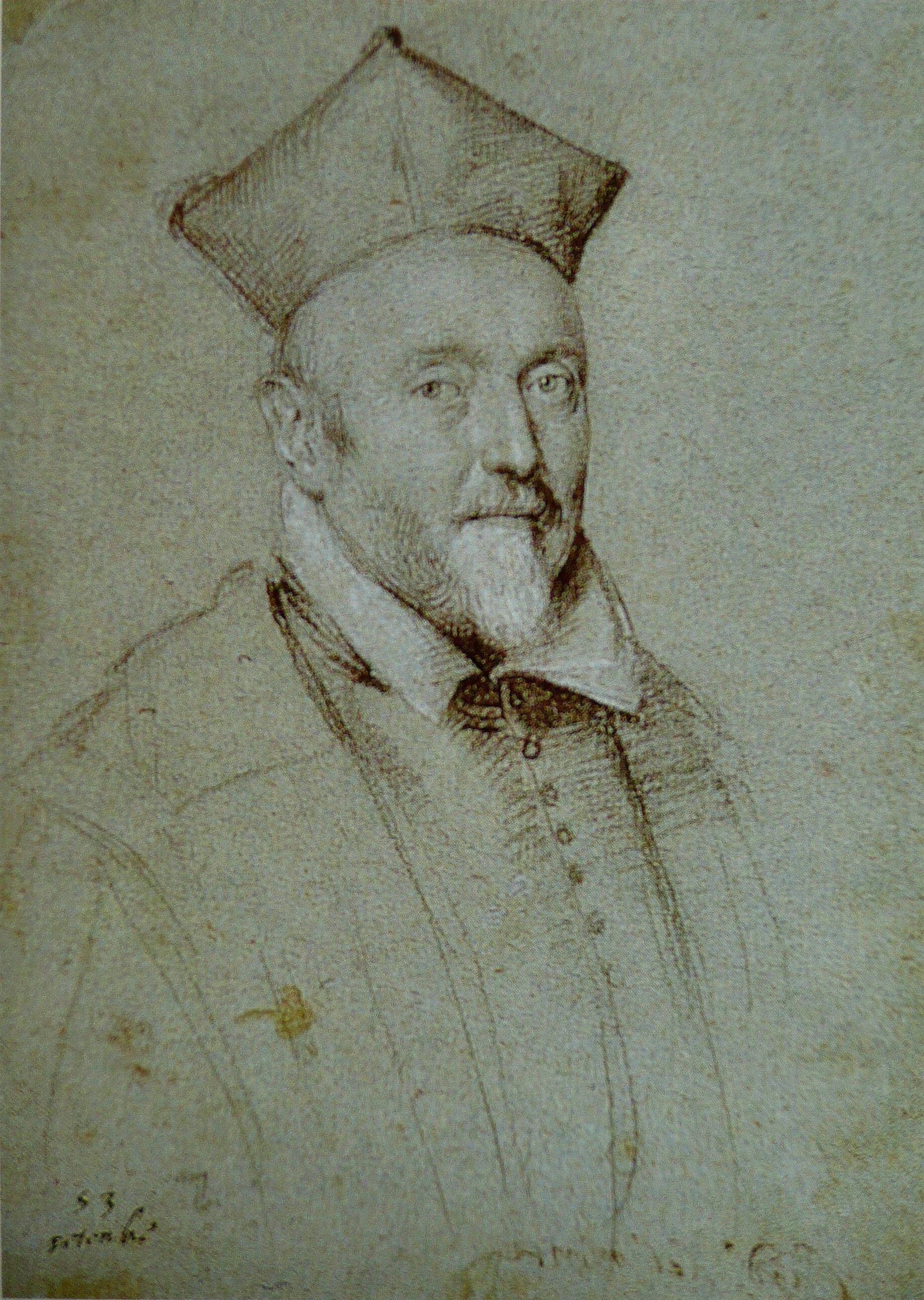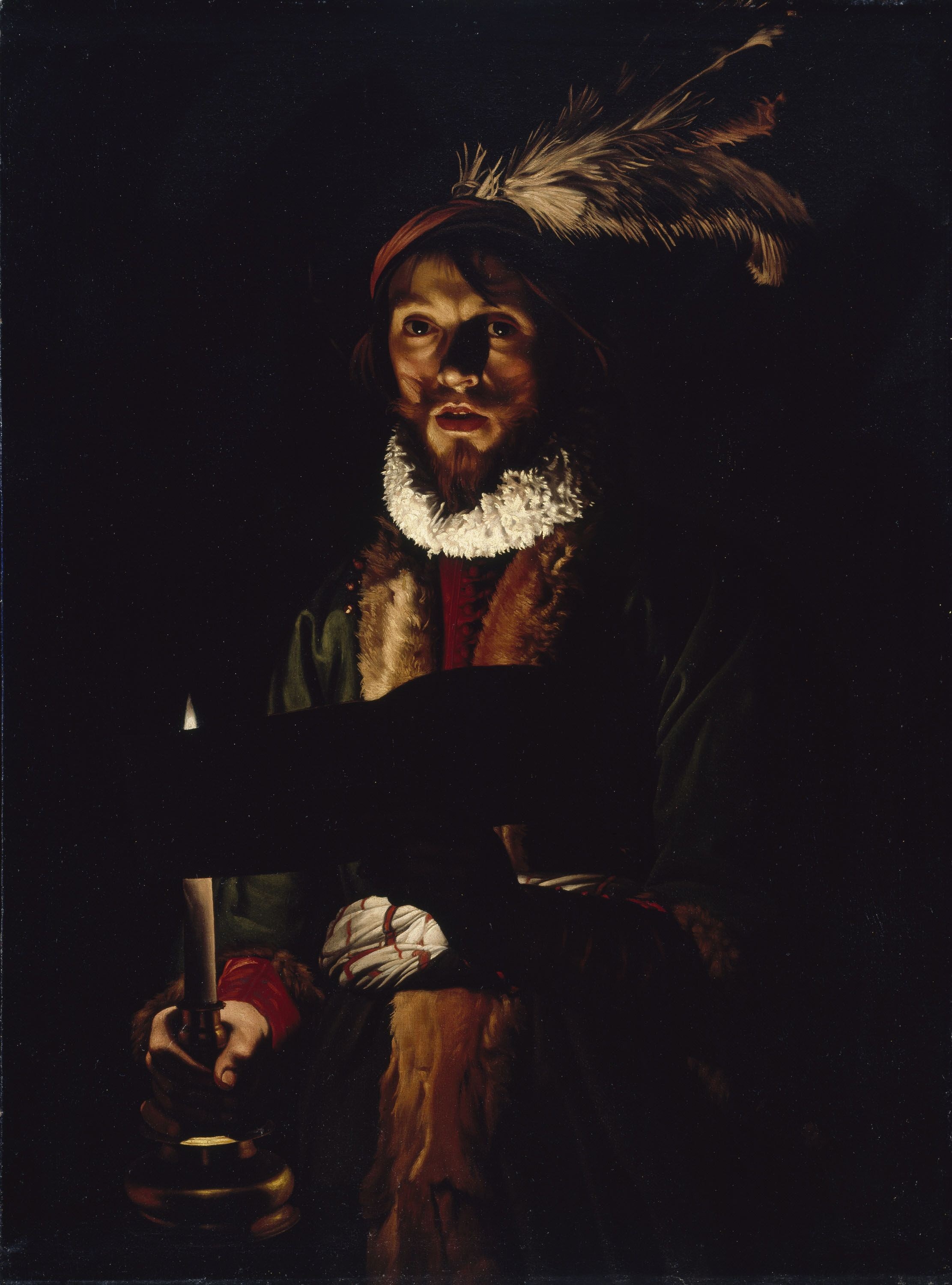|
Caravaggio
Michelangelo Merisi (Michele Angelo Merigi or Amerighi) da Caravaggio, known as simply Caravaggio (, , ; 29 September 1571 – 18 July 1610), was an Italian painter active in Rome for most of his artistic life. During the final four years of his life he moved between Naples, Malta, and Sicily until his death. His paintings have been characterized by art critics as combining a realistic observation of the human state, both physical and emotional, with a dramatic use of lighting, which had a formative influence on Baroque painting. Caravaggio employed close physical observation with a dramatic use of chiaroscuro that came to be known as tenebrism. He made the technique a dominant stylistic element, transfixing subjects in bright shafts of light and darkening shadows. Caravaggio vividly expressed crucial moments and scenes, often featuring violent struggles, torture, and death. He worked rapidly with live models, preferring to forgo drawings and work directly onto the canvas. His ... [...More Info...] [...Related Items...] OR: [Wikipedia] [Google] [Baidu] |
List Of Paintings By Caravaggio
The following is a list of paintings by the Italian artist Caravaggio, listed chronologically.Spike, John T. ''Caravaggio''. New York : Abbeville Press, 2001: p. 253–54 List of paintings Footnotes Further reading * * * * * * * * * * * {{Lists of paintings Caravaggio, List Lists of paintings, Caravaggio ... [...More Info...] [...Related Items...] OR: [Wikipedia] [Google] [Baidu] |
Caravaggisti
The Caravaggisti (or the "Caravagesques") were stylistic followers of the late 16th-century Italian Baroque painter Caravaggio. His influence on the new Baroque style that eventually emerged from Mannerism was profound. Caravaggio never established a workshop as most other painters did, and thus had no school to spread his techniques. Nor did he ever set out his underlying philosophical approach to art, the psychological realism which can only be deduced from his surviving work. But it can be seen directly or indirectly in the work of Rubens, Jusepe de Ribera, Bernini, and Rembrandt. Famous while he lived, Caravaggio himself was forgotten almost immediately after his death. Many of his paintings were reascribed to his followers, such as ''The Taking of Christ'', which was attributed to the Dutch painter Gerrit van Honthorst until 1990. It wasn't until the 20th century that his importance to the development of Western art was rediscovered. In the 1920s Roberto Longhi once more pl ... [...More Info...] [...Related Items...] OR: [Wikipedia] [Google] [Baidu] |
Francesco Maria Del Monte
Francesco Maria del Monte, full name Francesco Maria Bourbon del Monte Santa Maria, (5 July 1549 – 27 August 1627) was an Italian Cardinal, diplomat, and connoisseur of the arts. His fame today rests on his early patronage of the important Baroque master Caravaggio, and on his art collection (the del Monte collection) which provides provenance for many important works of the period. Career Born in Venice of the aristocratic del Monte family of Tuscan origin (which provided several cardinals to the Church), he was the son of Marquis Ranieri Bourbon del Monte, first Count of Monte Baroccio, and Minerva Pianosa. He began his ecclesiastical career as Abbot commendatario of Santa Croce a Monte Fabali. He then went to Rome when he was still quite young, and was appointed as auditor for Cardinal Alessandro Sforza, before being finally admitted into the court of Cardinal Ferdinando de' Medici. He made his way up through the clerical ranks as Referendary of the Tribunals of the Aposto ... [...More Info...] [...Related Items...] OR: [Wikipedia] [Google] [Baidu] |
Caravaggio, Lombardy
Caravaggio (; lmo, label=Bergamasque, Careàs ) is a town and ''comune'' in the province of Bergamo, in Lombardy, Italy, east of Milan. History The town received the honorary title of city with a presidential decree on December 22, 1954. Geography Caravaggio borders with the municipalities of Bariano, Brignano Gera d'Adda, Calvenzano, Capralba ( CR), Fornovo San Giovanni, Misano di Gera d'Adda, Morengo, Mozzanica, Sergnano (CR) and Treviglio. Its ''frazioni'' are Masano and Vidalengo. Main sights The city is best known for the Sanctuary (15th century). Other sights include: *The Gallavresi Palace (or the Marchioness Palace), now the Town Hall. It dates to the second half of the 13th century. *Church of ''San Fermo e Rustico'', in Lombard-Gothic style, built in the 13th century over a pre-existing holy edifice. The two aisles were added in 1429. It has a façade in brickwork with a marble central portal, surmounted by a large rose window. It is flanked by a high bell ... [...More Info...] [...Related Items...] OR: [Wikipedia] [Google] [Baidu] |
Chiaroscuro
Chiaroscuro ( , ; ), in art, is the use of strong contrasts between light and dark, usually bold contrasts affecting a whole composition. It is also a technical term used by artists and art historians for the use of contrasts of light to achieve a sense of volume in modelling three-dimensional objects and figures. Similar effects in cinema, and black and white and low-key photography, are also called chiaroscuro. Further specialized uses of the term include chiaroscuro woodcut for coloured woodcuts printed with different blocks, each using a different coloured ink; and chiaroscuro drawing for drawings on coloured paper in a dark medium with white highlighting. Chiaroscuro is one of the canonical painting modes of the Renaissance (alongside cangiante, sfumato and unione) (see also Renaissance art). Artists known for using the technique include Leonardo da Vinci, Caravaggio Rembrandt, Vermeer and Goya, and Georges de La Tour. History Origin in the chiaroscuro drawing The term ... [...More Info...] [...Related Items...] OR: [Wikipedia] [Google] [Baidu] |
Baroque Painting
Baroque painting is the painting associated with the Baroque cultural movement. The movement is often identified with Absolutism, the Counter Reformation and Catholic Revival,Counter Reformation from '''', latest edition, full-article. but the existence of important Baroque art and in non-absolutist and states throughout Western Europe underscores its w ... [...More Info...] [...Related Items...] OR: [Wikipedia] [Google] [Baidu] |
Gian Lorenzo Bernini
Gian Lorenzo (or Gianlorenzo) Bernini (, , ; Italian Giovanni Lorenzo; 7 December 159828 November 1680) was an Italian sculptor and architect. While a major figure in the world of architecture, he was more prominently the leading sculptor of his age, credited with creating the Baroque style of sculpture. As one scholar has commented, "What Shakespeare is to drama, Bernini may be to sculpture: the first pan-European sculptor whose name is instantaneously identifiable with a particular manner and vision, and whose influence was inordinately powerful ..." In addition, he was a painter (mostly small canvases in oil) and a man of the theater: he wrote, directed and acted in plays (mostly Carnival satires), for which he designed stage sets and theatrical machinery. He produced designs as well for a wide variety of decorative art objects including lamps, tables, mirrors, and even coaches. As an architect and city planner, he designed secular buildings, churches, chapels, and publi ... [...More Info...] [...Related Items...] OR: [Wikipedia] [Google] [Baidu] |
House Of Sforza
The House of Sforza () was a ruling family of Renaissance Italy, based in Milan. They acquired the Duchy of Milan following the extinction of the Visconti family in the mid-15th century, Sforza rule ending in Milan with the death of the last member of the family's main branch in 1535. History The first son of Muzio Attendolo Sforza, Francesco I Sforza, married Bianca Maria (1425–1468) in 1441. She was the daughter and only heir of the last Duke of Milan, ( Filippo Maria Visconti). He thus acquired the title of Duke of Milan (1450–1466), ruled Milan for 16 years, and made the Sforzas the heirs of the house of Visconti. The family also held the seigniory of Pesaro, starting with Muzio Attendolo's second son, Alessandro (1409–1473). The Sforza held Pesaro until 1512, after the death of Costanzo II Sforza. Muzio's third son, Bosio (1411–1476), founded the branch of Santa Fiora, who held the title of count of Cotignola; the Sforza ruled the small county of Santa ... [...More Info...] [...Related Items...] OR: [Wikipedia] [Google] [Baidu] |
Tenebrism
Tenebrism, from Italian ' ("dark, gloomy, mysterious"), also occasionally called dramatic illumination, is a style of painting using especially pronounced chiaroscuro, where there are violent contrasts of light and dark, and where darkness becomes a dominating feature of the image. The technique was developed to add drama to an image through a spotlight effect, and is common in Baroque paintings. Tenebrism is used only to obtain a dramatic impact while chiaroscuro is a broader term, also covering the use of less extreme contrasts of light to enhance the illusion of three-dimensionality. Baroque The artist Caravaggio is generally credited with the invention of the style, although this technique was used by earlier artists such as Albrecht Dürer, Tintoretto and El Greco. The term is usually applied to artists from the seventeenth century onward. Artemisia Gentileschi, a rare female artist of the Baroque and a follower of Caravaggio, was an outstanding exponent of tenebrism. El ... [...More Info...] [...Related Items...] OR: [Wikipedia] [Google] [Baidu] |
Porto Ercole
Porto Ercole () is an Italian town located in the municipality of Monte Argentario, in the Province of Grosseto, Tuscany. It is one of the two major towns that form the township, along with Porto Santo Stefano. Its name means "Port Hercules". Geography The resort is located on the eastern side of Monte Argentario promontory, and is from Grosseto, from Orbetello and about from Porto Santo Stefano. To the north of Porto Ercole are located the Laguna di Orbetello and the Tombolo della Feniglia. History Porto Ercole was first mentioned in 1296, when Margherita Aldobrandeschi, countess of Sovana, ordered the construction of a tower named ''Torre di Terra'', the oldest core of the town. In 1610, the Italian Baroque painter Caravaggio, exiled by the Pope, died in Porto Ercole on his way back to Rome and was buried in a local church. The Dutch Royal Family maintained a summer residence here in the latter half of the twentieth century. Transportation Porto Ercole was once conne ... [...More Info...] [...Related Items...] OR: [Wikipedia] [Google] [Baidu] |
Peter Paul Rubens
Sir Peter Paul Rubens (; ; 28 June 1577 – 30 May 1640) was a Flemish artist and diplomat from the Duchy of Brabant in the Southern Netherlands (modern-day Belgium). He is considered the most influential artist of the Flemish Baroque tradition. Rubens's highly charged compositions reference erudite aspects of classical and Christian history. His unique and immensely popular Baroque style emphasized movement, colour, and sensuality, which followed the immediate, dramatic artistic style promoted in the Counter-Reformation. Rubens was a painter producing altarpieces, portraits, landscapes, and history paintings of mythological and allegorical subjects. He was also a prolific designer of cartoons for the Flemish tapestry workshops and of frontispieces for the publishers in Antwerp. In addition to running a large workshop in Antwerp that produced paintings popular with nobility and art collectors throughout Europe, Rubens was a classically educated humanist scholar and diploma ... [...More Info...] [...Related Items...] OR: [Wikipedia] [Google] [Baidu] |
Simone Peterzano
Simone Peterzano (c. 1535–1599) was an Italian painter from Bergamo, but stressed his links to Venice where he probably trained. He painted in Mannerism, mannerist style and is mostly known as the master of Caravaggio. Peterzano called himself a pupil of Titian and would sometimes sign his works ''titiani alumnus.'' He debuted in Milan with the counterfaçade frescoes in San Maurizio al Monastero Maggiore (1573), influenced by Paolo Veronese, Veronese and Tintoretto. In the same year he painted two canvasses with ''Histories of Sts. Paul and Barnabas'' for the church of San Barnaba (Milan), San Barnaba, also in Milan. Also from the same period are a ''Pietà'' in the church of San Fedele di Milano, San Fedele and a ''Pentecost'' for San Paolo Converso (now in Basilica di Sant'Eufemia (Milan), Sant'Eufemia). Between 1578 and 1582 Peterzano executed frescoes in the presbytery of Garegnano Charterhouse, considered one of his masterworks. In the same period he painted a ''Nativity ... [...More Info...] [...Related Items...] OR: [Wikipedia] [Google] [Baidu] |
.jpg)
.jpg)




.jpg)


.jpg)
